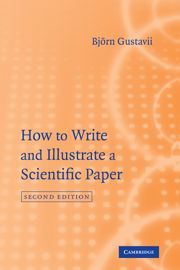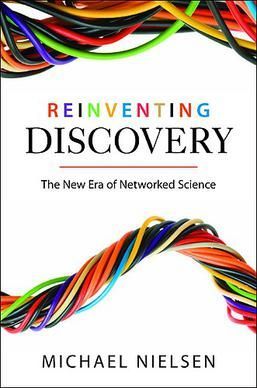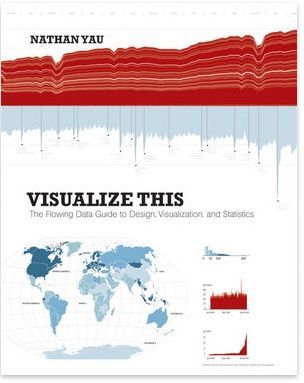Books about scientific writing

Last weekend I visited my brother-in-law in Cambridge (UK). In the Cambridge University Press bookstore I found the wonderful little book How to Write and Illustrate a Scientific Paper by Björn Gustavii (Cambridge University Press 2003). On less than 150 pages B. Gustavii gives a good summary of the typical problems and their solutions. He encourages the reader to avoid unnecessary verbosity, use the active voice more often, draw less complicated charts and to be very careful with statistics.
A few years ago I bought an old copy of Scientific Writing by Lester S. King and Charles G. Roland (Journal of the American Medical Association 1968). King and Roland encourage the reader to avoid unnecessary verbosity and use the active voice more often (they don't talk much about graphs and statistics). Scientific writing seemed to have almost the same problems 40 years ago. This raises two interesting questions:
- Could the writing of the average scientific paper be improved and are we in need of these books?
- Does the quality of the writing help in getting a paper accepted? In other words, should I make the effort and improve my writing skills or should I rather do experiments?
Journal editors can probably better answer these questions. My guess would be that most people would answer these questions with yes and no. So we will continue to struggle with our writing skills, especially those of us who learned English as a second language, but it will not be that important in our career. I therefore rather list some other books about scientific writing that I own and can recommend:
- Medical Writing: a Prescription for Clarity by Neville W. Goodman and Martin B. Edwards (Cambridge University Press 2006). Very detailed instructions about the use of the language. Includes many examples of bad scientific writing and suggestions for better alternatives.
- The Elements of Style by William Strunk Jr. and E.B. White (Logman 2000). The classic text from the beginning of the 20th century, not specific to scientific writing.
- The Visual Display of Quantitative Information by Edward R. Tufte (Graphics Press 2001). Another classic text and a beautiful book.
- Clinical Epidemiology by R. Brian Haynes, David L. Sackett, Gordon H. Guyatt and Peter Tugwell (Lippincott 2006). This epidemiology/statistics textbook has a small chapter about scientific writing. More importantly, it is very helpful in how to read a scientific paper and the statistics behind it.
And I finish with an example for good scientific writing that is used a lot in the books mentioned above:
We wish to suggest a structure for the salt of deoxyribose nucleic acid (D.N.A.). This structure has novel features which are of considerable biological interest…
This is of course the opening paragraph of the 1953 Nature paper by Watson and Crick. Which brings us back to Cambridge…




Comments ()